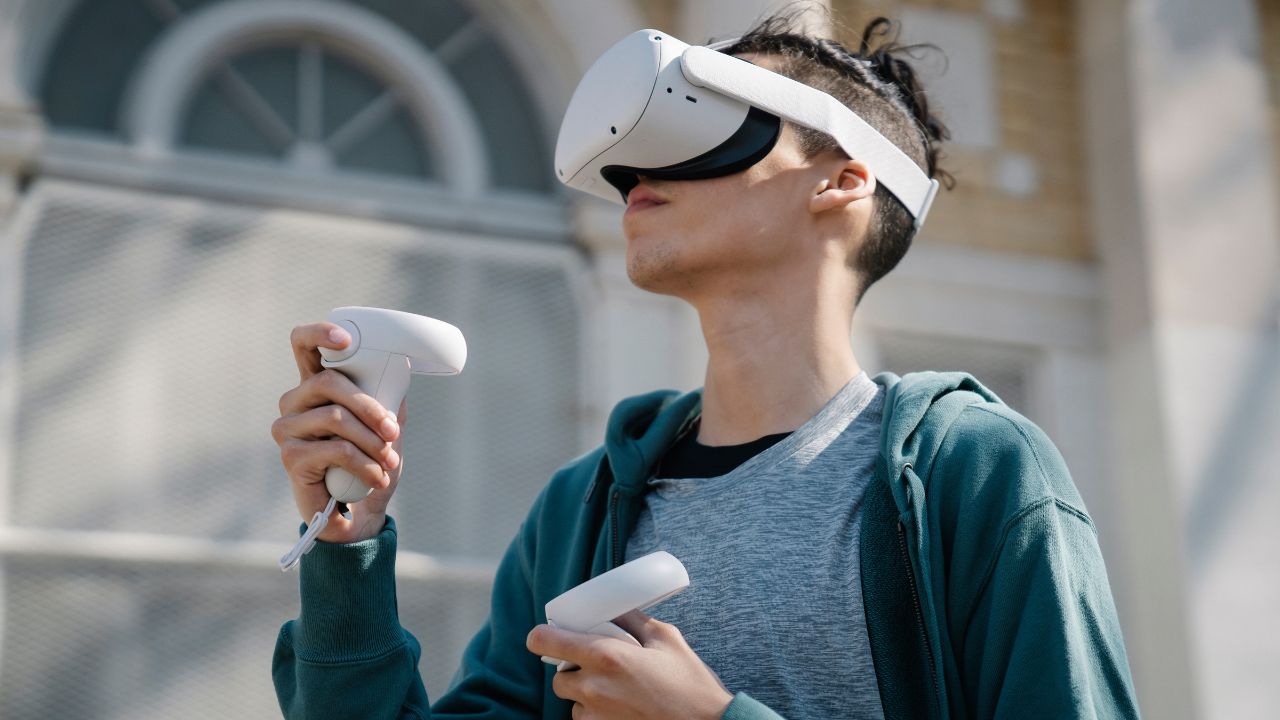The metaverse was supposed to change how we live and work online. Companies spent billions of dollars building virtual worlds. People were told they could hang out, work, and shop in these digital spaces.
The metaverse failed because users found it boring, the technology wasn’t ready, and most people didn’t want to spend hours wearing heavy headsets. Meta lost over $13 billion on their metaverse project. Other companies quietly moved away from their virtual world plans. What seemed like the next big thing became a tech industry joke.
But the story isn’t over yet. Some experts think the metaverse might come back in different forms. Companies are now focusing on specific uses instead of trying to recreate the entire world online. The question remains whether people will ever embrace virtual worlds or if the metaverse dream is gone forever.
Why Metaverse Did Not Work for in 2025?
The metaverse struggled because of poor user adoption, technical problems, and weak business models. People didn’t want to spend hours in virtual worlds, the technology wasn’t ready, and companies couldn’t figure out how to make real money from it.
Challenges With User Adoption
Most people simply didn’t want to use the metaverse regularly. The virtual worlds felt empty and boring after the first few visits.
User engagement dropped quickly because there wasn’t much to do. People logged in once or twice, looked around, and then never came back. The platforms lacked the fun activities and social connections that keep users interested.
The learning curve was too steep for average users. Many people found the controls confusing and the interface hard to navigate. Setting up avatars and moving around virtual spaces took too much effort.
Social interactions felt awkward compared to real life or even regular video calls. The avatars looked strange and didn’t show real emotions well. Conversations felt forced and unnatural.
Most users preferred their existing social media platforms. Facebook, Instagram, and TikTok were easier to use and more entertaining. The metaverse couldn’t compete with these familiar apps.
Technological Limitations and Hurdles
The technology behind the metaverse wasn’t advanced enough to deliver on its promises. VR headsets were heavy, expensive, and uncomfortable to wear for long periods.
Many users experienced motion sickness and eye strain. The headsets caused headaches and made people feel dizzy. These health issues made it impossible for most people to spend hours in virtual worlds.
Internet connections couldn’t handle the demands of complex virtual environments. Many users faced lag, glitches, and connection problems. The experience felt broken and frustrating.
The graphics quality was disappointing compared to modern video games. Virtual worlds looked cartoonish and unrealistic. Users expected movie-quality visuals but got basic 3D environments instead.
Hardware requirements were too high for most consumers. People needed powerful computers and expensive headsets. The total cost often exceeded $1,000, which put it out of reach for many families.
Problems With Monetization and Business Models
Companies struggled to find profitable ways to make money from metaverse platforms. Virtual real estate sales failed to create sustainable revenue streams.
The advertising model didn’t work well in virtual spaces. Users could easily avoid ads or ignore them completely. Traditional banner ads and sponsored content felt out of place in 3D environments.
Subscription fees drove users away from most platforms. People weren’t willing to pay monthly fees for virtual worlds they rarely used. Free alternatives like video games offered better value.
Virtual goods and clothing for avatars generated some income. But sales volumes were too low to support the massive development costs. Most users preferred free customization options.
Companies invested billions of dollars but saw little return. Meta alone spent over $13 billion on metaverse development with minimal user growth to show for it.
Will the Metaverse Return in the Future?
The metaverse may come back in new forms as companies learn from past mistakes and focus on solving real problems. Better technology and practical uses could help virtual worlds succeed where earlier attempts failed.
What Lessons Are Companies Learning from the Metaverse’s Struggles?
Tech companies now understand that hype alone doesn’t create success. The early metaverse promised too much too fast without solving real problems people faced.
Many businesses learned they should focus on specific needs rather than building giant virtual worlds. Companies found that users want tools that help them work better or have fun, not copies of real life in digital form.
The biggest lesson is about timing and readiness. VR headsets were still heavy and expensive. Internet speeds weren’t fast enough for smooth experiences. Most people didn’t have the right equipment at home.
Companies also discovered that remote work trends matter a lot. When offices reopened after COVID, fewer people wanted virtual meeting spaces. The metaverse lost one of its main purposes.
Smart businesses now test ideas without using the word “metaverse” in their plans. This helps them focus on real value instead of trendy buzzwords.
Which New Technologies Could Bring Back Virtual Worlds?
Artificial intelligence is making virtual experiences much better. AI can create realistic characters that talk and act like real people. This makes virtual worlds feel more alive and interesting.
Faster internet connections like 5G help virtual worlds run smoothly. Users can now join virtual spaces without waiting for slow loading times or dealing with glitchy graphics.
New VR and AR devices are getting lighter and cheaper. Apple’s Vision Pro and Meta’s Quest headsets show how the technology is improving. More people can afford and use these devices comfortably.
Cloud computing lets people access virtual worlds from any device. Users don’t need expensive computers to run complex virtual experiences. Everything runs on powerful servers in the cloud.
Blockchain technology might help people own digital items across different virtual worlds. This could make virtual experiences more valuable and connected.
What New Uses Could Make Virtual Worlds Popular Again?
Training and education show the most promise for virtual worlds. Medical students can practice surgery in VR. Workers can learn dangerous job skills safely. These uses solve real problems and save money.
Gaming and entertainment continue to grow in virtual spaces. Concert venues and sports events in VR let people share experiences from home. These feel natural and fun for users.
Business meetings in virtual spaces work better now with improved technology. Teams can work together on 3D projects and feel more connected than on video calls.
Shopping experiences are becoming more realistic. Customers can try on clothes or test products before buying. This helps online stores reduce returns and increase sales.
Social connections for people who can’t meet in person offer real value. Virtual worlds help isolated individuals find communities and make friends.
The key difference is that these new uses focus on solving specific problems rather than replacing real life completely.



